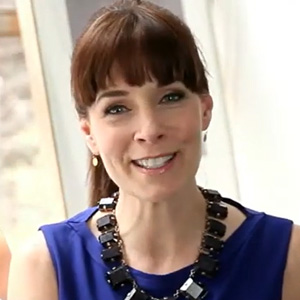Author Resources
Writing for Children: 5 Tips to Writing a Book Kids Love
Writing a children’s book is no easy task. While many people have the potential to write a children’s book, it takes a dedicated author to craft and publish a successful children's book.
Here are five tips to remember when writing your children’s book:
Audience
Who is your audience? Are you writing a book for children in preschool, kindergarten or elementary school? Are you targeting a specific demographic or region? We were all children once, and some of us are still kids at heart. Knowing your audience will help you tap into your inner child, enabling you to write an engaging children’s book.
Message
What is the message of your book? Are you merely telling a story, or are you teaching a life lesson? You can gather ideas for your book’s message by researching trending topics in children’s books. For example, bullying is a popular topic in children’s books right now. Furthermore, consider what parents would like to see addressed in children’s books.
Originality
When writing a children’s book it is easy to get wrapped up in clichés such as talking animals and fairy princesses. While you want to address popular subjects and trends in your book, you still want to make your tale different from the hundreds of other children’s books available. Foster originality by thinking back to your childhood and remembering the thoughts and feelings you had when your imagination ran free – what type of book would you have liked to read?
Don’t Talk Down
Today the stories told in children’s books are sophisticated and creative, encouraging readers to imagine a world or situation they’d never thought about before. While you should not write a story so complex that it is hard for children to follow, you also should not write a story so simple that it bores them. Instead, use rich language that will spawn learning and curiosity. A story will be more entertaining and worthwhile if it challenges your readers to think and ask questions.
Imagery
An important factor in children’s book is the imagery used alongside the text. Will your book use real photographs, or will an illustrator draw all of the images? Whichever option you choose, you want to make sure the images are high-quality. Consider connecting with local artists or enlist a LifeRich artist to create custom illustrations for your book.
After you’ve finished you first draft of your children’s book you’ll want to get input from others. Share your work with your kids, nieces, nephews and your friends who are parents, teachers or childcare professionals. While your book should appeal to children, it’s also important that it contains what parents and teachers want to see as well. Listen to their ideas and use the constructive criticism. Be open to advice, and welcome new perspectives. Your willingness to learn and grow will make your children’s book the best it can be.
Publishing: Children's Books
By clicking “Request My Free Consultation”, you are providing your electronic signature, voluntarily authorizing LifeRich Publishing and its affiliates to contact you using a manual or automated telephone dialing system and send you advertisement or telemarketing messages by email or text/SMS/MMS message to the address and phone number you have provided above. You are not required to agree to this in order to buy products or services from Balboa Press. You certify that you are over the age of eighteen (18). You’ll get up to ten (10) messages per month. Standard message and data rates may apply. Click here to view our privacy policy.


